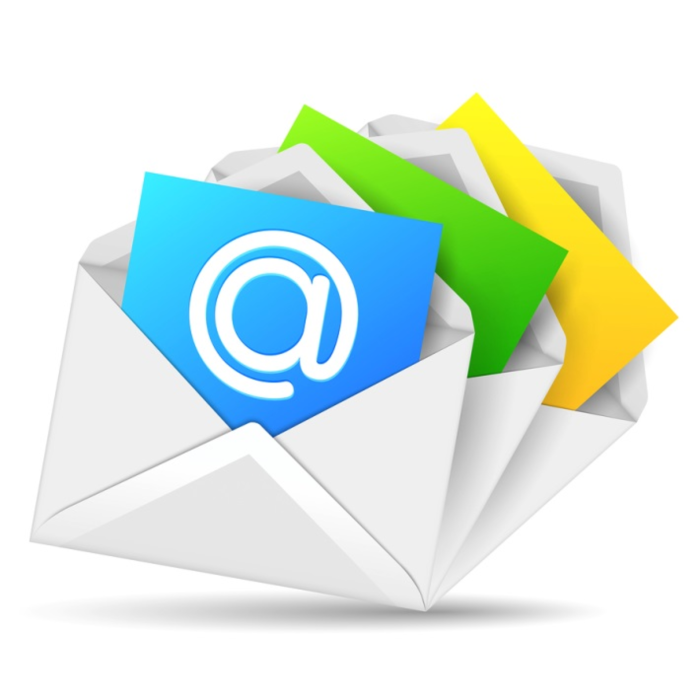The New Year is all about new beginnings. And often that means taking a fresh look at how to make real connections with audiences. Email, no doubt, will continue to be a major focal point for marketers in 2016. But the question is this: How can marketers improve customer experiences and boost return on investment with email messaging? The answer: value.
Cadence, content, design, relevance, and healthy email lists are five ways to increase value of email marketing messages. Christopher Lester, VP of sales for Emma, and Marie Homne, senior agency services strategist at Yesmail, spell out how each facet can improve the impact of email messages this year—and beyond.
Cadence
Lester: The key to this is that not everyone is on the same cadence. There are friends that you call every week; there are friends that you call every day. They’re just different levels; you have a different cadence with them. This year [marketers] can use [email marketing] tools…to make the cadence seem more human, based on how much someone is involved with the brand.
Homne: This year cadence is tied to relevance. If you’re delivering something of value and relevance you could likely send something every day—or even every hour—depending on the service that you’re providing. What really matters is that it’s relevant and that it hits your customer at the right time.
Content
Lester: Content has to be created through a meaningful lens—meaningful to the customer. In 2016 email marketers are going to have to take one piece of content, craft it a couple of different ways, then send it to their audience in different ways because they’re going to get more out of it, and then [consumers] are going to get more out of it.
Homne: For content in 2016 [marketers are] going to want to move into a more mobile-friendly space. Everybody knows that’s what they’re supposed to do, but they don’t quite get how they’re supposed to do it. First make sure the content is visible—readable—on [mobile] devices. Then make sure it’s actionable on the devices.
Design
Lester: Design has been on the forefront for a long time with responsive design, optimized design, and dynamic design. We’re to the point where that’s table stakes. Design this year is really about the ease of experience; the ease of use. Consider how emails make it easy for readers to maneuver through stories, articles, or other content this year. We’re thinking less about design as aesthetics. We’ve gotten to the point where design is part of the overall end goal.
Homne: Refresh your templates in the New Year. Give people—your design teams and your audience—something to look forward to. It’s something your audience will appreciate.
Relevance
Lester: The overall theme we see happening [in email marketing] this year is relevancy—in other words, what’s relevant to the consumer and not to solely the sender of the message. The expectation of the consumer is that it’s not just content for content sake. Content should be relevant to something you know about the readers.
Homne: Really understand the customers’ perspectives and know their expectations of your brand; it is crucial to creating relevant emails. Email in 2016 is leaning more towards an attitudinal relevance. Understand more how people feel about your brand. Email is such a great medium; people are always on it. I wouldn’t waste it on just sales or promotional content.
Healthy email lists
Lester: List quality is more about what is the quality of the conversation or the information that you have going between you and that recipient. This is a great time to think about how healthy your list is. Healthy isn’t about size. It’s about making sure you know that this is a good time to ask consumers what they want to hear about in 2016. Track what it is that you can be the most helpful with, what it is that you’re providing. I think it ties into experience and the fact that people don’t want to be sold to anymore.
Homne: This year it’s not about focusing on just an active audience but the inactive audience on your list. Track response over time and see when those inactive subscribers fell off. Maybe then you can determine a plan that will encourage those subscribers to be active again.








